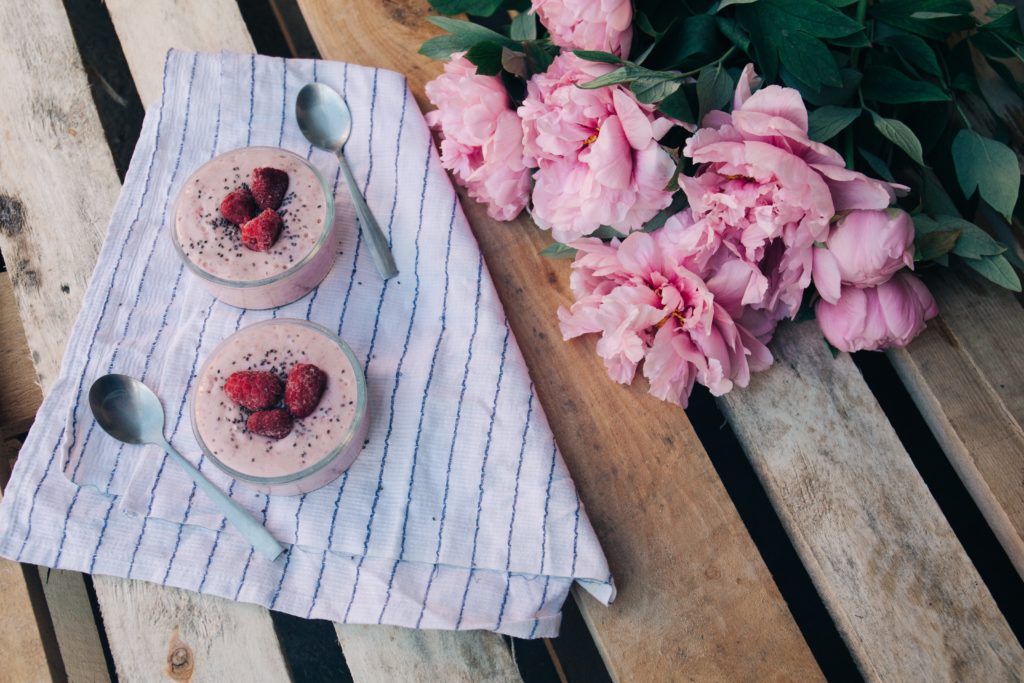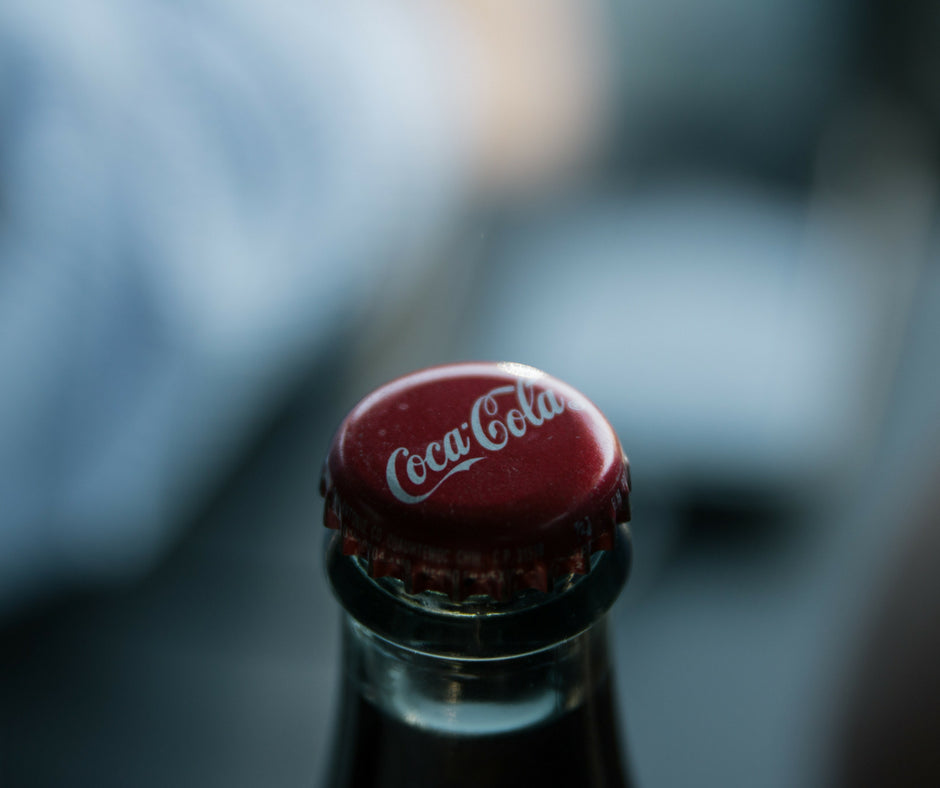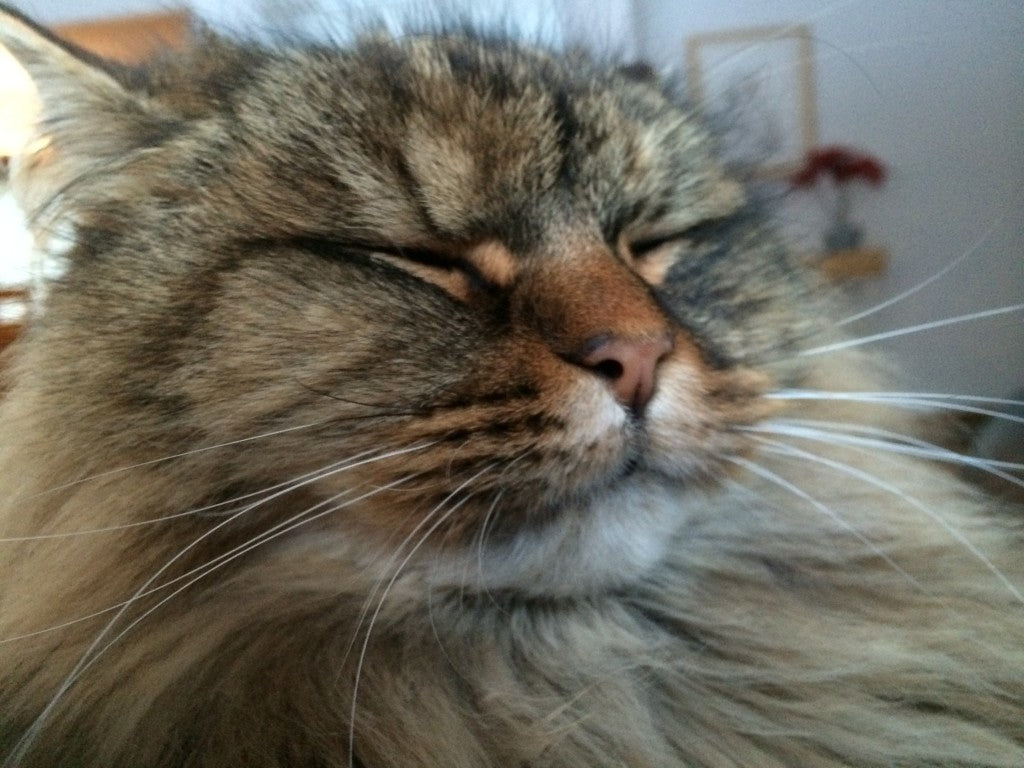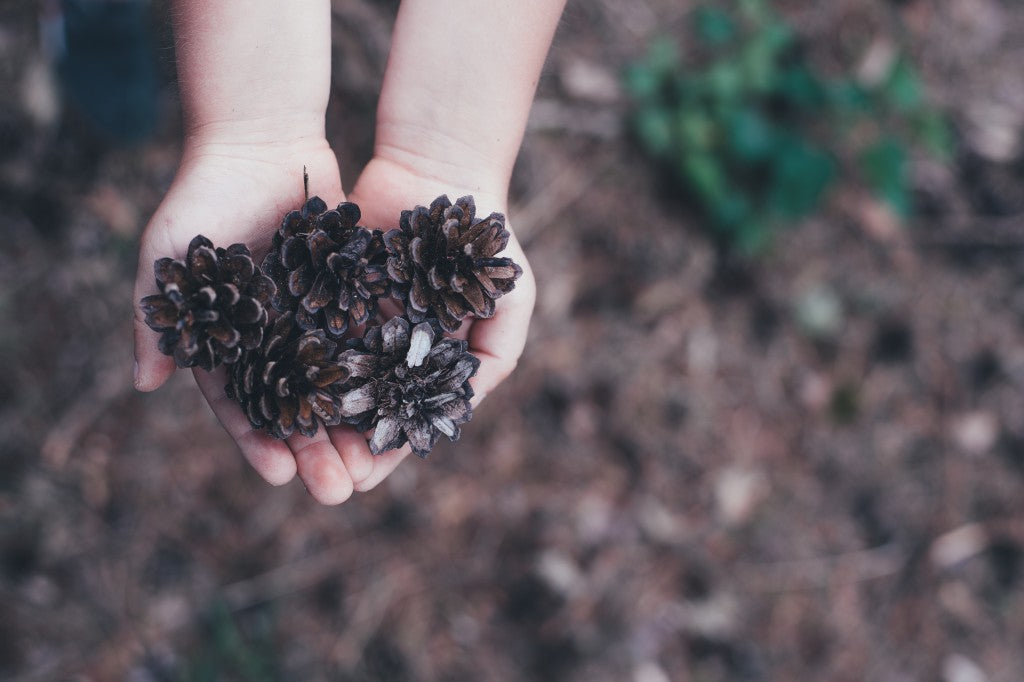Journal
- All
- Antioxidant
- Astragalus
- Blood clots
- Brain fog
- Burnout
- Cervical cancer
- Cholecystectomy
- Cold feet
- Cracked heels
- Echinacea
- Exhaustion
- Fatigue
- Gallbladder
- Headaches
- Health Advice
- Heart health
- Liver
- Low immunity
- Low white blood cells
- Memory
- Menopause
- Migraines
- Nervous system
- Perimenopause
- Recipe
- RnA ReSet
- Strokes
- Sun protection
- Thyroid
“Self-care is never a selfish act—it is simply good stewardship of the only gift I have, the gift I was put on earth to offer to others.”– Parker Palmer Be kind to yourself. Commit to self-care. It is advice I...
Breakfast can be tricky. Sometimes you just don’t know what to have and in these situations it is easy to make an unhealthy choice. The body has been without fuel for perhaps 12 hours and I still believe breakfast to...
Adaptability – the path to a happy life
The one trait that you may not realise can make you much happier is having the ability to adjust according to the given circumstance. Experts tell us it is vital for a satisfying life. “Our ability to have life satisfaction,...
Do You Have Oestrogen Dominance?
It’s that time of the month, it’s a week or maybe 2 weeks before your period and you feel tearful, snappy, irritable and irrational. Your breasts feel swollen and tender, you are bloated and sluggish. Commonly known as PMT (Pre...
Why I Will Never Consume Diet Soda
….. but occasionally enjoy a ‘full fat’ coke. A chance conversation with a lady struggling to sleep lead me to this blog. When she informed me her evening beverage of choice was Coke Zero I wondered could this be...
The Happiness We Make By Sharing
What really is the meaning and meaningfulness of life? Are we here to be served or to provide service to others? Just recently I met a friend who has been absent from work for some months after a serious illness....
The Healing Power of a Cat Purr
By Naomi Murray on January 13, 2017 Healing by Association “What greater gift than the love of a cat?” – Charles Dickens, Great Expectation We visit pet shops and animal sanctuaries, watch Lonely Planet and veterinary programmes because there is just...
‘When someone dies in front of you it can be a little unsettling. Thankfully, sometimes, all they need is a little extra magnesium.’ Magnesium is a Miracle Drug is a guest post by Dr Dan Keown, an A&E doctor with a degree...
Hold 2017 in the palm of your hand
3 easy ways to improve your health in 2017 Every day, without any thought, the average person breathes in and out about 25,000 times. We are not conscious of this fact and yet science shows us that conscious deep breathing can boost...








